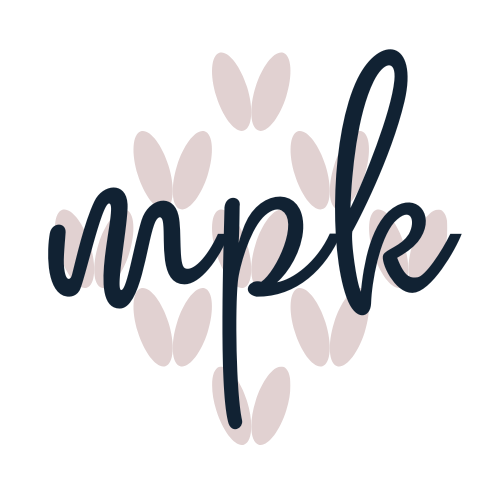On the Clock: How Long Does it Take to Make a Knitting Pattern?
For several years I’ve been tracking the financial side of my business: my income, how much I pay in fees to Ravelry and PayPal, the money that goes to tech editing and sample knitting, and so on.
But the recent discussion about the pricing of patterns and how much money designers are actually making inspired me to start a new experiment: to figure out how much TIME goes into my business. Specifically, how many hours are spent bringing a design from concept to finished, published pattern?
For this project, I chose my upcoming Soundside pullover design. It’s a boxy, bottom-up, drop shoulder pullover worked with a fingering weight yarn and laceweight mohair yarn held together. Its primary feature is texture, with a fair bit of stockinette. In terms of advanced techniques, it does include short rows, both at the bottom hem and the shoulders.
Since I work in spurts scheduled around caring for my children, and am working on other designs at the same time, I decided the best way to approach this challenge would be pretty basic: I set a stopwatch every time I do anything related to this design.
The great Knit Design in Time experiment (name credit: Andrea Sanchez, Knittin’ Little) has been going on for a bit over a month now. So far I’ve put 19.5 hours into Soundside, including grading, pattern writing, running the test knit, tech editing, and, of course, knitting the sample.
What’s left? First, finishing the sample! Then photography, photo editing, final pattern layout and editing, and publication and promotion. There’s still a big chunk of work to tackle, which I expect will at least double my current time invested in this project.
This is not something I plan to do with every design—it’s, frankly, a pain in the butt to remember to time myself every time—but I do think it will provide some valuable information.
First, a ballpark figure for how long a sweater design takes (which I can extrapolate to smaller projects), will help with planning and scheduling. I’ll have a better idea of what I can add to my plate, or when I’m over-scheduling myself (like, right now, for example, where I’m trying to finish a shawl and 2 sweaters before MDSW!).
It will also give me a concrete goal to shoot for in pattern sales—not only how many patterns I need to sell to cover expenses like tech editing, but also to pay myself a fair wage for the time invested in the project.
I also hope that pattern buyers will find this information valuable—and perhaps eye-opening. How many hours are going into your pattern—and is the price fair for that amount of work?
Stay tuned for the final results! In the meantime, to follow along on Knit Design in Time—which a few other designers are also embarking on—check the hashtag #knitdesignintime on Instagram!


